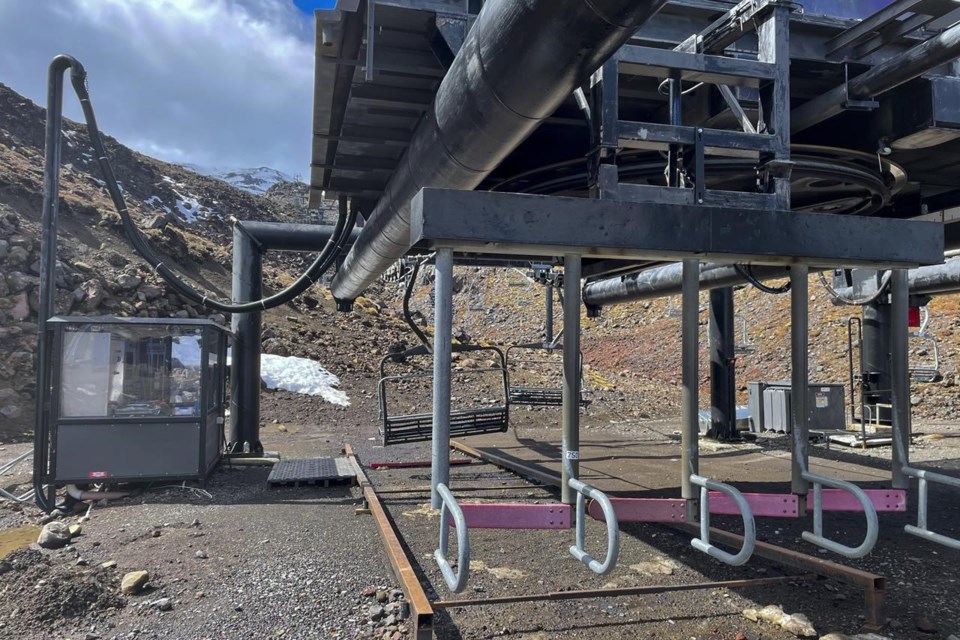WELLINGTON, New Zealand (AP) — Two of New Zealand's largest ski areas on Tuesday were placed into a type of bankruptcy proceeding following a disastrous winter season with barely any snow.
The Tūroa and Whakapapa ski areas, which are both owned by Ruapehu Alpine Lifts, entered what is called voluntary administration. The proceeding is open to failing New Zealand businesses and has some similarities to Chapter 11 bankruptcy procedures in the U.S.
Under voluntary administration, the company directors appoint outside experts to review and rearrange finances and determine whether the company can be saved.
The company laid off 135 workers in mid-August and currently employs about 196 people at the two ski areas.
The poor snow season came after the previous two seasons were severely disrupted by COVID-19.
The Tūroa ski area was forced to close for the season last week, three weeks earlier than planned. Whakapapa will remain open through Oct. 24.
Rain repeatedly washed away the snow this year, and Tūroa's 50 snowmaking machines proved no match against balmy temperatures. Climate change appears to be a significant factor, after New Zealand experienced its warmest winter on record — for the third year in a row.
Voluntary Administrator John Fisk, of PwC New Zealand, said the last three seasons had placed Ruapehu Alpine Lifts under significant cashflow pressure. He said the company had tried without success to get more money from investors and the government.
“The Voluntary Administrators will now continue to trade the business while we look to determine the most appropriate way forward to maximize recoveries for creditors,” Fisk said in a statement.
Should the ski areas be forced to close permanently, it would leave the North Island, where more than three-quarters of the nation’s 5 million people live, without any major ski areas.
Even in New Zealand’s cooler South Island, climate change is raising questions about the future of skiing and snowboarding. The sports have long been important for attracting foreign tourist dollars to New Zealand and form part of the nation’s identity as an outdoor adventure destination.
At Tūroa this season, workers in snow-grooming machines spent thousands of hours pushing what snow there was onto trails, allowing expert skiers and snowboarders to take the chairlifts to the top of the ski area for limited runs. But there was little on offer for beginners or intermediates.
Set up 70 years ago by ski enthusiasts, Ruapehu Alpine Lifts operates as a nonprofit. It’s exempt from paying company tax and is required to put any profits back into enhancing the ski areas.
But there are no profits. Last year the company lost nearly 6 million New Zealand dollars ($3.4 million) and its total debt climbed to over NZ$30 million. The company had unsuccessfully sought a major new investor.
Even before this year’s barren snow season, the company’s auditors noted there was significant doubt about whether the company could continue to stay afloat.
Professor James Renwick, a climate scientist at the Victoria University of Wellington, told The Associated Press last week that as temperatures increase in New Zealand, skiing will become more untenable.
“I’ve told the North Island ski operators more than once that things are going to become marginal fairly quickly,” Renwick said.
He said there would always be changes from season to season but the trend was for warmer winters. He said it was hard to predict how long any individual ski area could survive.
“The further south you are and the higher up the mountains you are, the colder it is, so the longer you can keep going,” he said.
Nick Perry, The Associated Press



